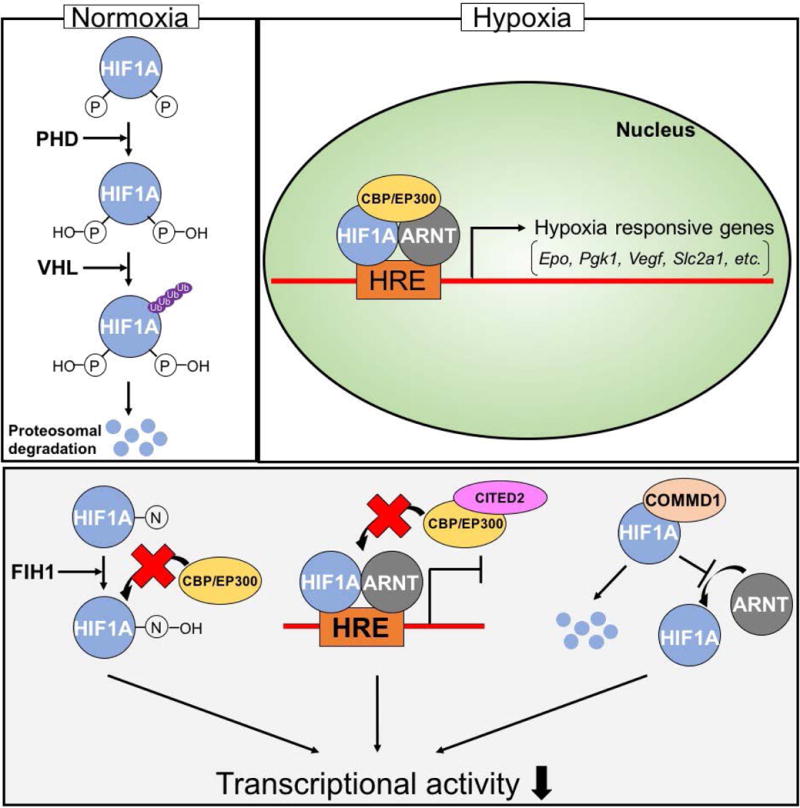Figure 2. Cellular responses to hypoxia.

Homeostatic mechanisms guiding cellular adaptations are directed by the hypoxia inducible factor (HIF) signaling pathway. Upper panel) Under oxygen replete conditions PHDs hydroxylate HIF1A on prolyl residues, allowing VHL protein to ubiquitinate HIF1A resulting in proteosomal degradation of HIF1A. Under low oxygen conditions, HIF1A is stable and can dimerize with ARNT, recruit CBP/EP300, and bind to hypoxia/HIF response elements (HRE), inducing hypoxia responsive genes encoding proteins required for adaptations to hypoxia. Lower panel) Negative regulation of HIF transcriptional activity. FIH1 hydroxylates HIF1A on an asparagine residue, preventing HIF1A from interacting with CBP/EP300. CITED2 interacts with CBP/EP300, preventing CBP/EP300 from being recruited to the HIF1A/ARNT dimer complex. COMMD1 interacts with HIF1A, leading to proteolysis of HIF1A and disrupting dimerization of HIF1A with ARNT.
